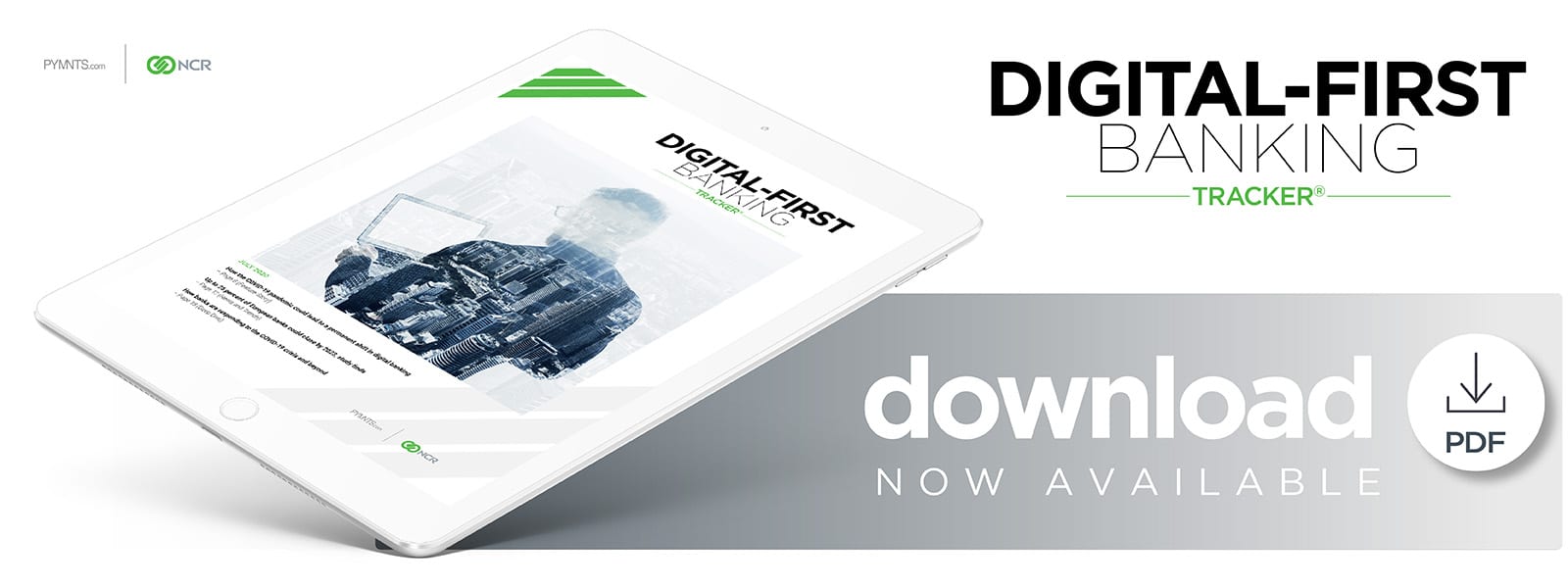Deep Dive: How Banks Are Responding To The COVID-19 Crisis And Beyond

The way banks and their customers are coping with the new realities brought on by the COVID-19 pandemic could be a bellwether for the future of the financial industry. Online banking currently ranks as the most commonly utilized form of banking, followed by mobile banking, according to a recent study. An increasing number of customers are also picking up their phones to manage their financial lives — a trend expected to persist as long as the COVID-19 pandemic.
Both of these shifting trends are the result of customers desiring fewer in-person interactions, opting instead for safer arrangements. Approximately 56.8 percent of 2,000 U.S. and Canadian consumers surveyed in a recent study said it was “very important” to offer mobile app features that help consumers avoid using in-store touchpads. This indicates demand for the development of apps capable of accomplishing tasks usually handled in branches.
The study also found most banking customers were highly unlikely to change banks at the end of the pandemic, and 17 percent of undecided customers present an opportunity to either be retained or swayed elsewhere. Brick-and-mortar banks will need to take proactive, precautionary measures to assure customers are safe to return if they want to keep them. They must minimize consumer anxieties by clearly marking spaces for social distancing, according to the study. Automated doors are also in demand to help them easily come and go at branches.
Steps Beyond Initial Crisis Response
Banks should formulate strategies that go beyond the basic response to the onset of the COVID-19 pandemic to keep staff members safe and satisfied as well. This includes suspending travel, forgoing large team gatherings, distancing team members and accommodating telecommuting, among other measures. A recent article provides recommendations for three steps banks should take beyond their common crisis response plans, including adjusting workplace conditions to help workers to stay mentally and financially fit during the months it will take to contain the virus.
In-branch staff or call center workers who interface directly with customers or need infrastructure found only at brick-and-mortar locations require special attention since they provide important services. Seoul, South Korea-headquartered Shinhan Bank is allowing 150 of its call center employees to work remotely, for example. More in-depth inquiries involving sensitive customer financial information is handled in the office. Financial institutions (FIs) will also need to beef up controls at off-site workplaces to safeguard sensitive personal information and protect against fraud.
Bank Branch Precautions
Banks should also continue operating physical branches and ATMs with proper precautions while broadly encouraging customers to embrace remote services for their safety. This will allow banks to offer services that meet all customers’ needs, including older consumers, who are most at-risk regarding the virus while also being resistant to digital banking.
There are steps that banks can take to monitor risks at physical bank branches while managing operations. This includes extensively sanitizing branch interiors, monitoring workers for virus symptoms and pinpointing and changing processes when necessary to avoid service disruption.
Some FIs have even gone so far as to close bank branches after observing lower demand for services and decreased foot traffic. Some banks in Asia and Europe have reportedly closed branches to protect the public and employees from the virus as it outweighed the convenience of keeping the branch open. Bank branches have mostly remained open in South Korea, however, due to the availability of COVID-19 testing, closing only if a case of the virus is identified.
Banks should also provide much needed credit to businesses and families impacted by the crisis. The financial hardships falling on many U.S. workers is particularly severe, with 74 percent saying they now live “paycheck to paycheck” while 58 percent earn hourly wages.
How banks respond to customers’ immediate needs during the pandemic while serving them across multiple channels will help pave the path to recovery. The challenge is finding ways to keep customers feeling safe and engaged with their banks during the pandemic and beyond.

